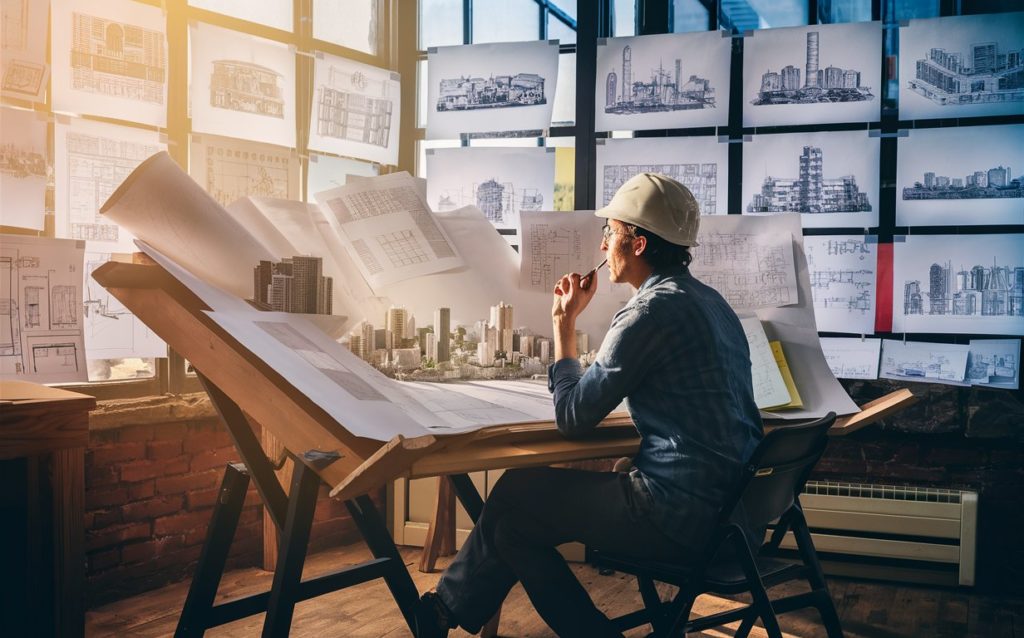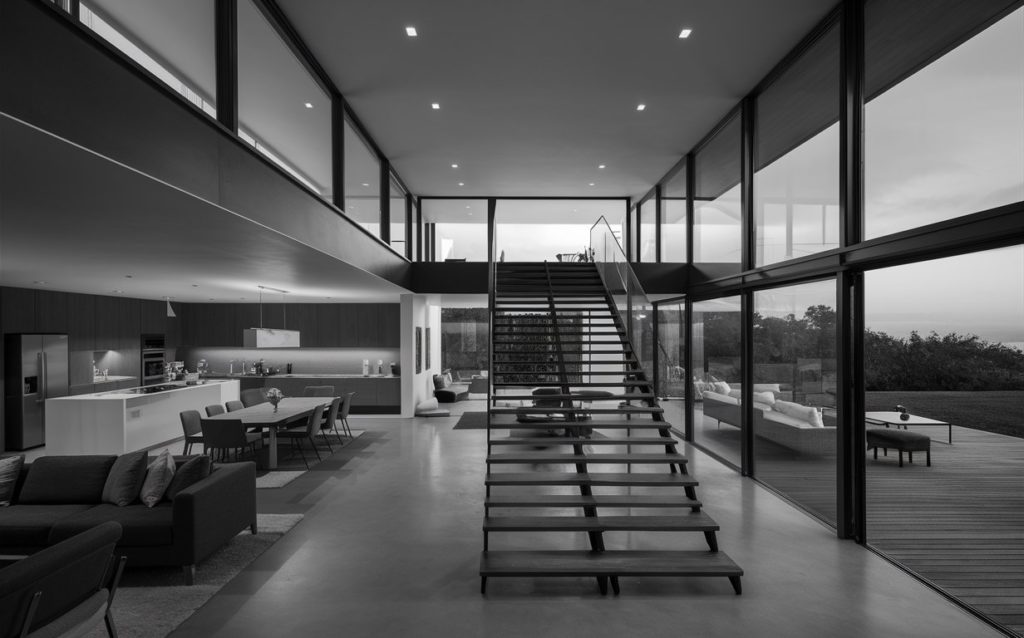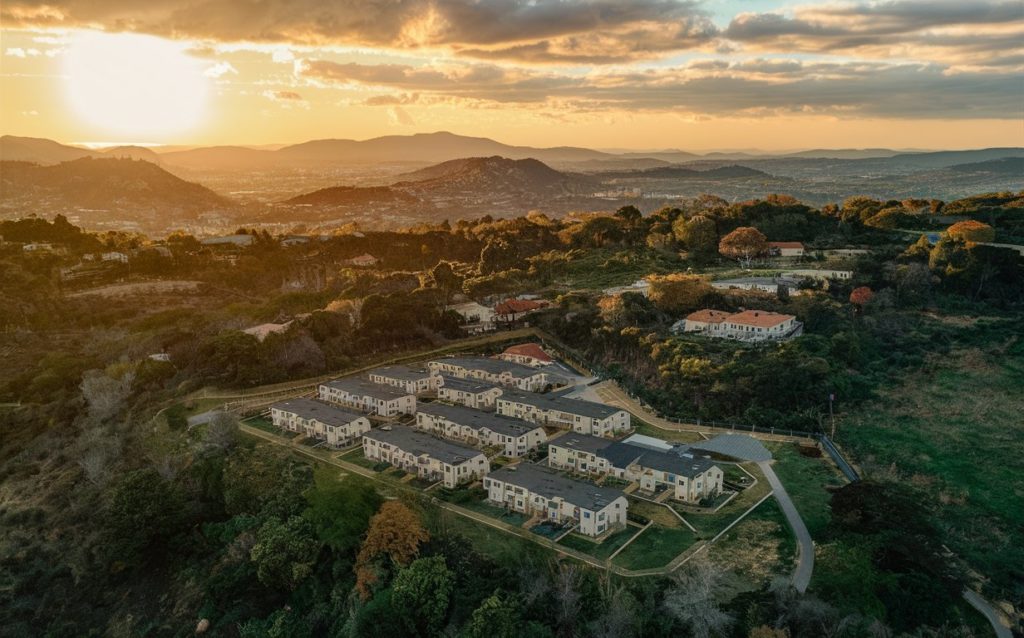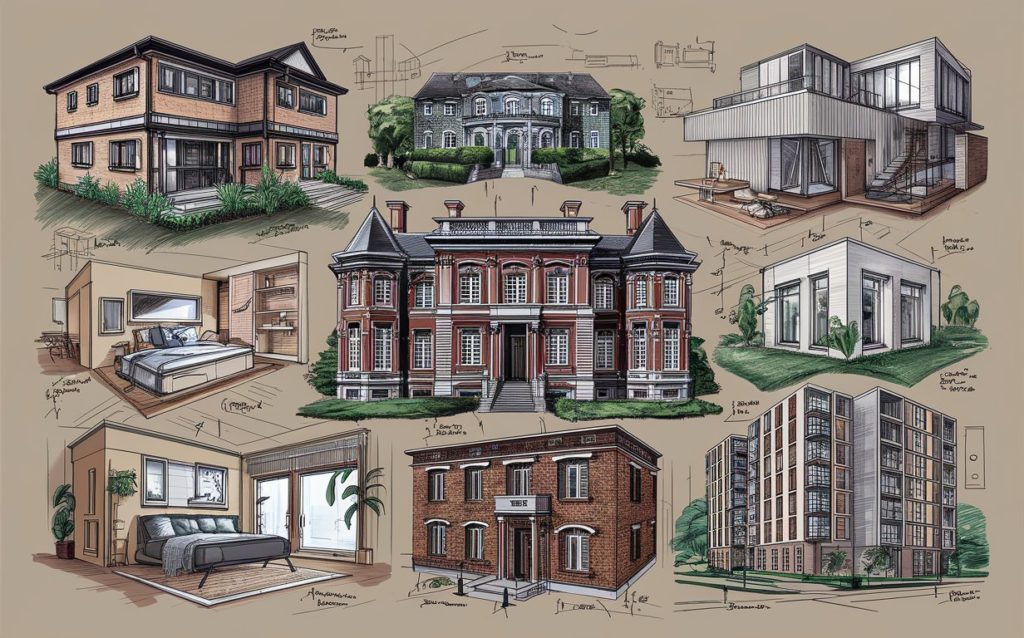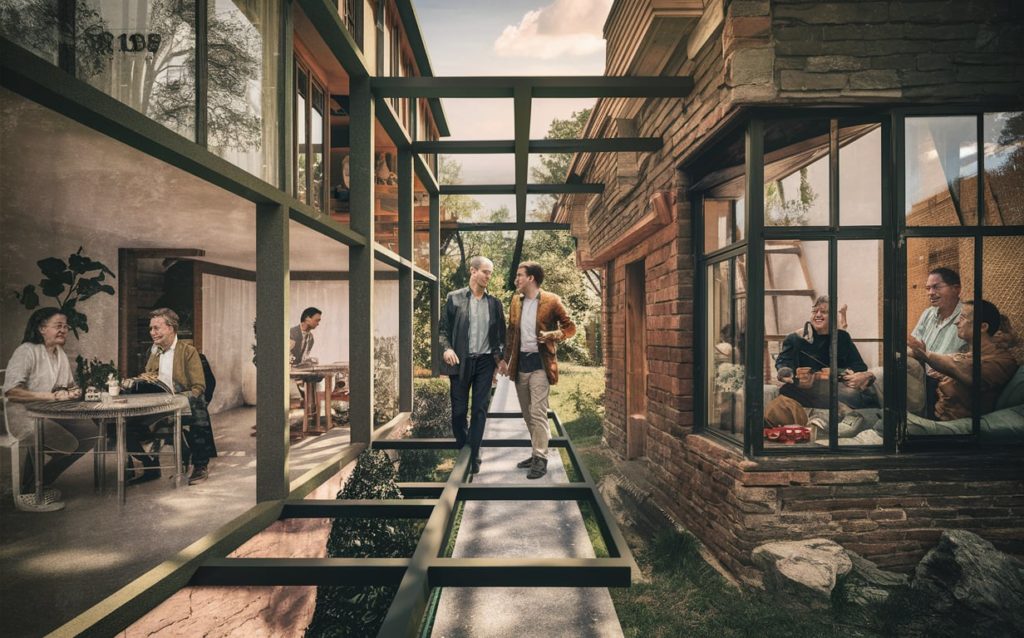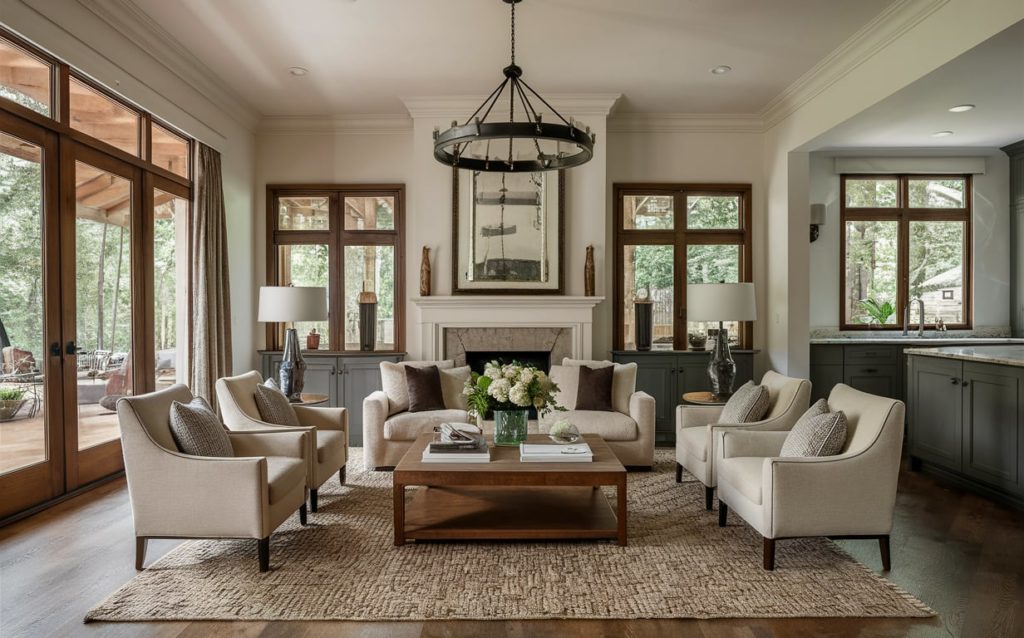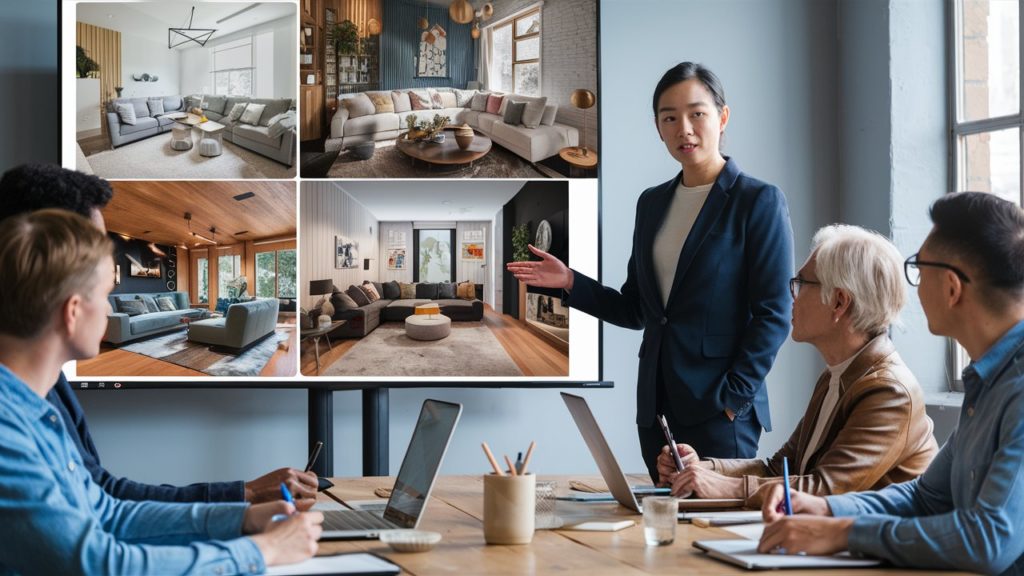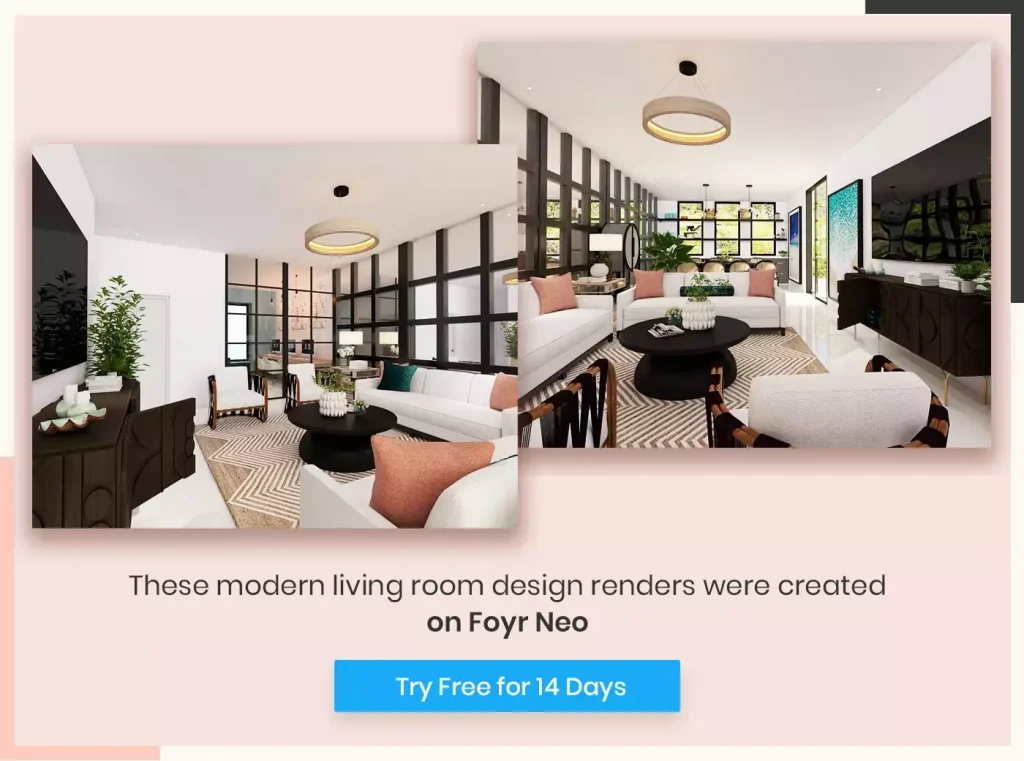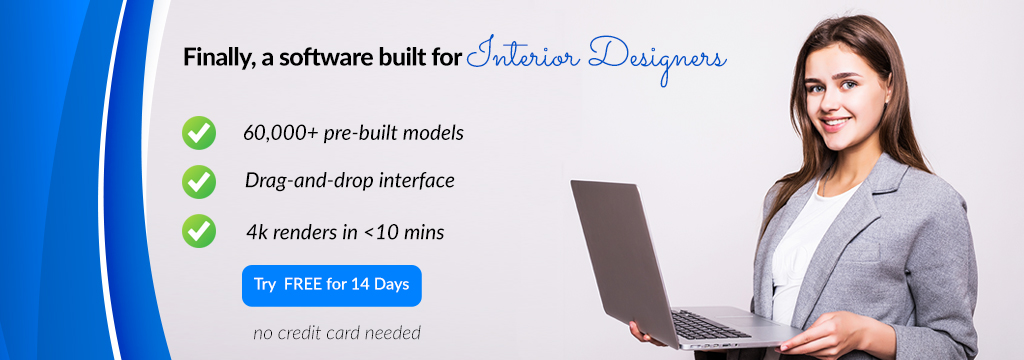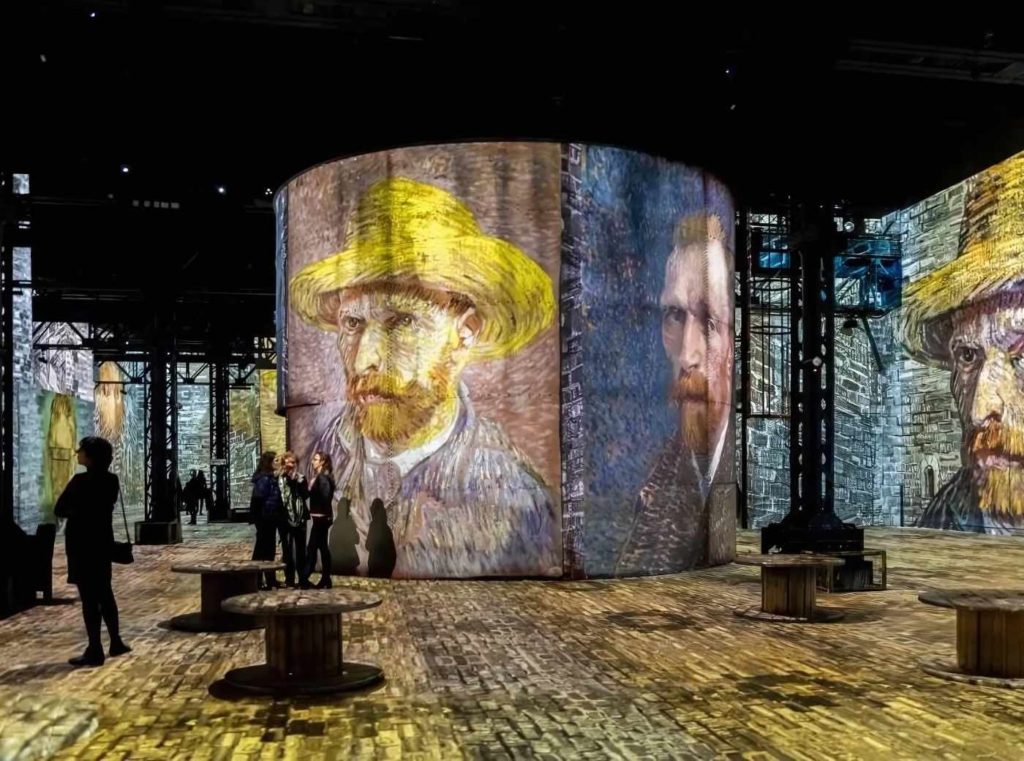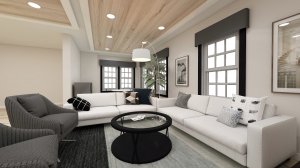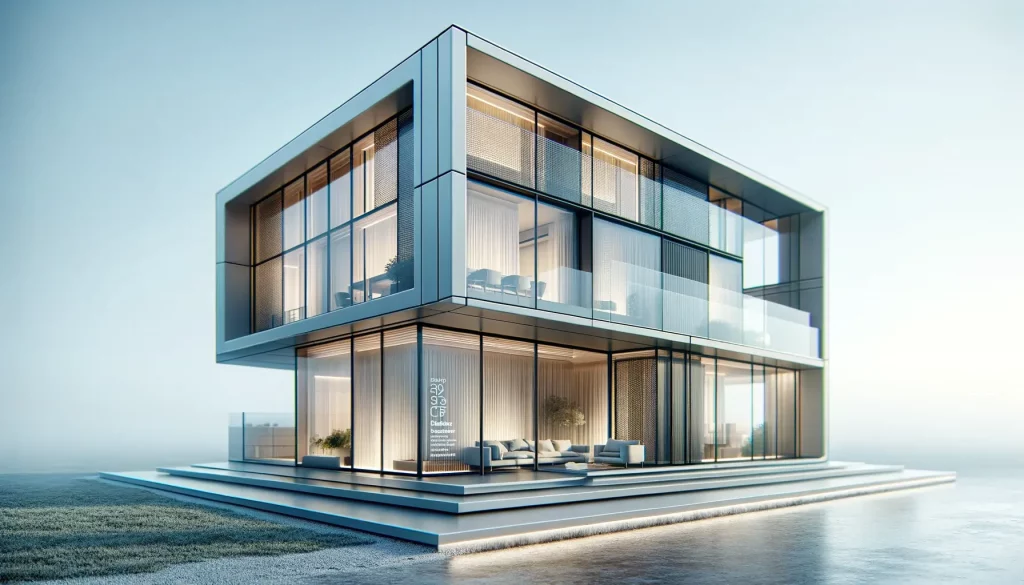Developing a creative and innovative architectural concept is the hardest part of any design development project. All architecture begins with an idea. If you’re struggling to find one, curious as to what one is as an architecture student, or simply wondering how to get started, you’re in the right place.
This blog will take you through everything you need to start with developing architectural concepts and show you where to pick up inspiration and charm your clients.
What’s An Architectural Concept?
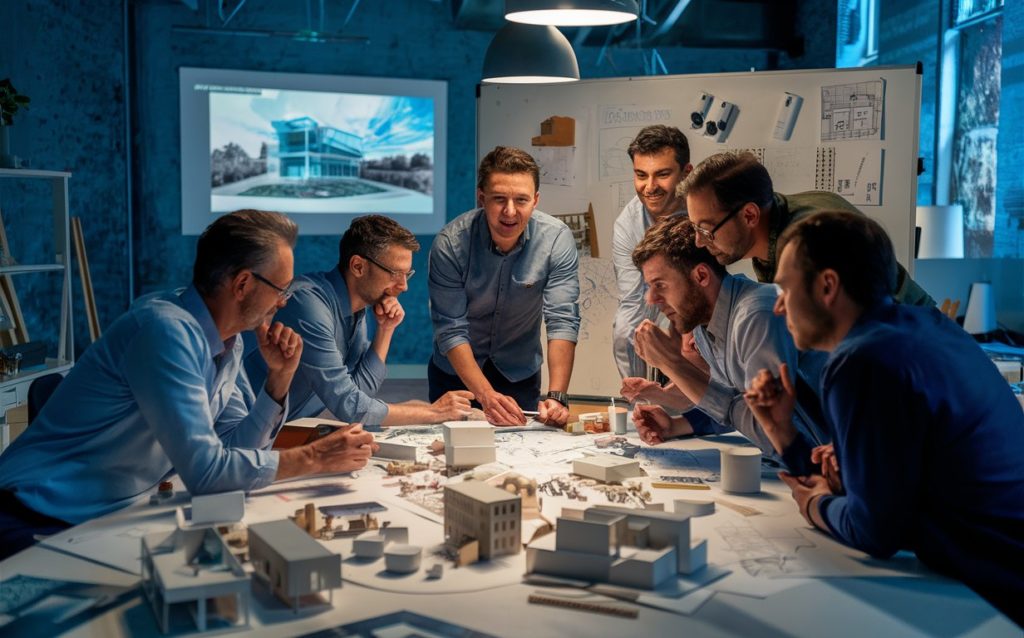
A concept is the essence of your design and the driver behind all your design moves. It is your entire architecture project distilled into a single idea. The importance of a concept comes from its use and the fact that it is a design tool. It’s great to communicate why you’re doing something to your clients and consultants. Not every client will appreciate the value of your concepts but it’s most important that it exists for you to develop the design.
|
Why Are These Concepts Important?
Choosing a starting point for your design can be intimidating and a stumbling block for designers of any level in the early stages of design. Architectural concept development helps you smoothen friction and go full throttle on the design. Also when there are difficult questions, you know how to answer because the conceptual framework is there.
When you’re knee-deep in design, floating different options to the client and everyone involved in the process, opinions will flood in, with requests for changes coming from every direction. In these moments, one of the key habits of a successful interior designer is to revisit the finalized concept. Using it as your north star helps guide the project back on track and reinforces your professional image. Clients will appreciate your ability to generate ideas while staying true to the original vision, showcasing your expertise and decision-making skills.
Types Of Concepts Based On Their Genesis
No design is made of a singular concept. Many concepts work coherently to come alive as one marvelous design. Depending on what leads you to your concept, there are different types of architectural concepts – they can all give you ideas, or one can lead you to another. Makes good sense to learn what they are, so you know where to look if nothing seems to be working out.
1. Organizational Concepts
Organizing public and private spaces for a client’s home will also inform the home concept. It involves planning how the client arrives and moves from the public gathering spaces to more private sleeping spaces where we locate windows and other fixtures.
A simple way to develop a concept is to divide public and private spaces and then take a position on their relationship — should you overlap them? Keep them separate? Nest them together? Invert their relationship? These questions will help you arrive at a concept based on organization. From here, begin diagramming the concept and iterate.
2. Formal Concepts
Form constitutes building shape, size, scale, color, and texture, and concerns all visual properties. It influences the interior and exterior. This can lead you to develop good concepts – test various forms throughout the early design. The form can be developed in response to context (climate, site conditions, culture, etc). Concepts influence the shape and formal language of the architecture.
| Case study |
| Iconic architects like Peter Zumthor, Herzog, DeMeurco, and Peter Bohlin use the raw materials of the building as the starting point for their work. Every line traced represents real physical materials coming together to make our architecture work. They look at the local stone, wood, aggregates, tradespeople, and special construction techniques and build a concept from there. |
3. Material Concepts
Different material combinations tell different interesting stories. Depending on the landscape, design project, and client you’re looking for, you can come up with material combinations that would later feed you concept ideas.
| Materials | Properties and impact on design |
| Steel | Conducts, strong in bending, and can be welded |
| Stone | Heavy, thick, and imposing |
| Glass | Light and ethereal |
| Bricks | Has a lot of texture, scale, and warmth |
| Did you know? |
| Frank Lloyd Wright, the world-renowned architect used subdivision of a triangle, sometimes called formal subdivision or dynamic symmetry. Wright followed a geometric design process following Renaissance architecture. Some design principles he used to arrive at innovative concepts are geometry, figure/ground, addition, penetration, nesting, grid, and extension.
He was fond of a technique called ‘pinwheel’, a geometric form rotated around a center creating a pinwheel effect. Once the pinwheel was created, he would move and manipulate different forms of the pinwheel. He also sat down amidst nature and let his love of nature and natural forms dictate the development of geometric forms, and contrast them with organic shapes. |
Read also – Difference Between Mood Board and Concept Board
Stages of Arriving At An Architectural Concept
You can’t grab a concept out of thin air, no matter how creative it sounds. Only if there are some constraints will the human brain tap into its potential to unleash lofty abstract ideas. So the logical place to start would be to gather all data for your project. So let’s start there.
1. Studying the Client’s Design Project Brief
2. Analysing the Site
| Eric Reinholdt, Founder and Principal Architect at 30×40 Design Workshop says, “Use the site to inspire the building concept as it is a genuine place to start. It establishes a dialogue between natural and man-made boundaries between what you can design, control and what you can’t.” |
Visit the site in person if possible or use Google Earth to assess A-Z of the site everything above, near, adjacent, and below the site, including the climate of the region, prevailing winds, different seasons, orientation, views, access, context, history, use, etc. Are the building requirements met? Is it a dense area? Is the are being developed now? Also consider vegetation around the area, special liabilities, opportunities, and zoning considerations.
3. Assessing Building Typology
What type of building are you designing? A duplex house, a mansion, a studio apartment, or an apartment complex? If you’re working with unfamiliar typologies, research precedents thoroughly and use that information as an underlying framework for developing the program and a launching point for the concept.
Collect precedents from your last projects, projects from other firms, and historical studies to get a good sense of the space and how you can utilize the strengths and constraints of the space to your advantage.
| Did you know? |
|
Precedent studies are a great way to orient yourself with formal architectural expressions already done. It can also help you look at the future– how do you want landscapes to look?
4. Understanding User Experience
The narrative concept, or the attitude about the client’s experience is about how our client might live in the home, welcome guests, and how they plan to move out of the spaces and mobilize gear. The client’s end-user experience and the building type form what the architects call a program. It’s a detailed accounting of all the spaces the building will contain. Trace circulation pathways that link them together.
Take time to understand the actual human beings who are going to occupy these buildings. How does the architecture foster interaction between people? Analyze building programs and how different types of building occupants interact with each other. The story of your concept begins to inform layers of meaning as we develop the floor plans and exterior elevations.
5. Carry Out Loose Sketching and Testing
They might only care about what the design looks and feels like, so make sure to present very loose sketched plans to give an idea of how each concept will come alive both on the site and within the home.
Whip out several conceptual diagrams and test out as much as you can, so you and your client can shortlist a few and finalize the most suitable one. To plan layouts, start out as general as possible.
As you piece different bits together, there are some documents you need to have to depict concepts.
✅Concept sketches
✅Zoning/programming diagrams
✅Mood boards and imagery
✅Site analysis
✅3D sketches
Even after multiple iterations you aren’t able to gain some clarity, keep editing until you do.
6. Presenting Your Concepts
Note that each concept option you explore has a financial implication for your client in terms of design decisions. Present all the right concepts and help them help you finalize the best one. When presenting the concepts, take a storytelling approach – it’s been proven to help them visualize their future.
|
Where Do Architects Find Inspiration?
Image credits: All images featured in this blog are AI-generated or created using Foyr Neo, an advanced interior designing software.
| Did you know? |
|
Take inspiration from as many sources as possible across natural elements and cultures. One thing that’s consistent throughout the design process is how much we look for inspiration from other sources. It’s a common notion that good ideas come from deep inside your head, because you don’t want to accidentally copy something that you saw somewhere. But here’s the real deal – there’s no original creation. Everything is a different iteration of another.
Having as many sources of inspiration as possible will unleash your creativity. Find styles you’re drawn to the most, and bring in elements suitable for your context. Here are a few ways to find inspiration:
| Means | Significance |
| Visit nearby fashion stores/clothing stores | Their interiors are great. The materials and finishes used in the interiors will spark your imagination. |
| Visit historical buildings in your area/city | Observe the nuances in the buildings, and how the architectural features translate to functionality. |
| Go to restaurants and malls | Assess their lighting plan and the luxury experience they create. Analyze what elements make these places look like a million bucks. |
| Take pictures of patterns | Whenever you see interesting patterns, fabrics, materials, etc anywhere (industry events, retail outlets, a painting, etc), write a few keywords as to why you liked it, and where you could possibly use it, so you’re able to retrieve and use it when needed. |
| Study other designer’s work | See what others are designing in similar spaces, and how their style translates to aesthetics and functionality. |
| Bisociation | This term refers to the linking of two radically different, unrelated concepts to create a unique concept. |
|
How Can Foyr Neo Help Arrive at Architectural Concepts?
How can you visualize every inch of the space without leaving anything to chance? With an advanced tool like Foyr Neo.
After you visit the site for the first time and get a sneak peek of how it will look, here’s what you can do:
Step 1: Sign up for Foyr Neo’s 14-day trial.
Step 2: Go on to the Neo mood board and curate everything you’d love to have in your space.
Step 3: Create the floor plan of your space on Neo.
Step 4: Choose from 60,000+ 3D decor materials and simply drag and drop them into the interior design.
Step 5: Get any material in any color scheme, texture, shape, or pattern and truly customize the space.
Step 6: View the makeover in 2D and 3D, from all possible angles and lighting conditions.
Step 7: Render your design in a few minutes and witness your space in all its glory.
That’s all it takes! With 24/7 support and live chat, we’re here to help you if you ever get stuck anywhere. You can find tutorials on how to design on Neo all over the internet, so you’re never truly alone when you design using Neo.
What are you waiting for? Start curating your mood board, sign up for Foyr Neo’s 14-day free trial today.
FAQs
The key phases are pre-design (research and analysis), schematic design (initial concept development), design development (refinement of the design), construction documents (detailed drawings and specifications), and construction administration (overseeing the building process).
Schematic design involves creating preliminary sketches and models to explore different design options, while design development focuses on refining and finalizing the chosen design, including detailed plans and specifications.
Technological advancements contribute by providing new tools and materials that enable architects to push the boundaries of design, such as advanced modeling software, sustainable building materials, and smart building systems.
Precedent analysis involves studying existing buildings and designs to understand successful strategies and apply those insights to new projects.
Architects incorporate cultural elements by researching local traditions, materials, and construction techniques, and integrating these aspects into the design to create a sense of place and identity.


